| Weight | 1 lbs |
|---|---|
| Dimensions | 9 × 5 × 2 in |
| host | mouse |
| isotype | IgG2a |
| clonality | monoclonal |
| concentration | 1 mg/mL |
| applications | ICC/IF, WB |
| reactivity | GPX7 |
| available sizes | 100 µg |
mouse anti-GPX7 monoclonal antibody (2704) 3065
$503.00
Antibody summary
- Mouse monoclonal to GPX7
- Suitable for: WB,IHC-P,IHC
- Isotype: IgG2a
- 100 µg
mouse anti-GPX7 monoclonal antibody (2704) 3065
| antibody |
|---|
| Tested applications WB,IHC,IHC |
| Recommended dilutions Immunoblotting: use at a 1:500-1:2,000 dilution. A band of ~18kDa is detected. Detection of GPX7 in HeLa cell extract. |
| Immunogen Full length human GPX7 |
| Size and concentration 100µg and lot specific |
| Form liquid |
| Storage Instructions This product is stable for at least one (1) year if stored at -20°C. Store product in appropriate aliquots to avoid multiple freeze-thaw cycles. |
| Storage buffer PBS, pH 7.2. |
| Purity protein affinity purification |
| Clonality monoclonal |
| Isotype IgG2a |
| Compatible secondaries goat anti-mouse IgG, H&L chain specific, peroxidase conjugated polyclonal antibody 5486 goat anti-mouse IgG, H&L chain specific, biotin conjugated, Conjugate polyclonal antibody 2685 goat anti-mouse IgG, H&L chain specific, FITC conjugated polyclonal antibody 7854 goat anti-mouse IgG, H&L chain specific, peroxidase conjugated polyclonal antibody, crossabsorbed 1706 goat anti-mouse IgG, H&L chain specific, biotin conjugated polyclonal antibody, crossabsorbed 1716 goat anti-mouse IgG, H&L chain specific, FITC conjugated polyclonal antibody, crossabsorbed 1721 |
| Isotype control Mouse monocolonal IgG2a - Isotype Control |
| target relevance |
|---|
| Protein names Glutathione peroxidase 7 (GPx-7) (GSHPx-7) (EC 1.11.1.9) (CL683) |
| Gene names GPX7,GPX7 GPX6 UNQ469/PRO828 |
| Protein family Glutathione peroxidase family |
| Mass 20996Da |
| Function FUNCTION: It protects esophageal epithelia from hydrogen peroxide-induced oxidative stress. It suppresses acidic bile acid-induced reactive oxygen species (ROS) and protects against oxidative DNA damage and double-strand breaks. {ECO:0000269|PubMed:22157330}. |
| Catalytic activity CATALYTIC ACTIVITY: Reaction=2 glutathione + H2O2 = glutathione disulfide + 2 H2O; Xref=Rhea:RHEA:16833, ChEBI:CHEBI:15377, ChEBI:CHEBI:16240, ChEBI:CHEBI:57925, ChEBI:CHEBI:58297; EC=1.11.1.9; |
| Subellular location SUBCELLULAR LOCATION: Secreted {ECO:0000305}. |
| Tissues TISSUE SPECIFICITY: Expressed in esophageal epithelial cells; expression is up-regulated after exposure to acidic bile acids. {ECO:0000269|PubMed:22157330}. |
| Involvement in disease DISEASE: Barrett esophagus (BE) [MIM:614266]: A condition characterized by a metaplastic change in which normal esophageal squamous epithelium is replaced by a columnar and intestinal-type epithelium. Patients with Barrett esophagus have an increased risk of esophageal adenocarcinoma. The main cause of Barrett esophagus is gastroesophageal reflux. The retrograde movement of acid and bile salts from the stomach into the esophagus causes prolonged injury to the esophageal epithelium and induces chronic esophagitis, which in turn is believed to trigger the pathologic changes. {ECO:0000269|PubMed:22157330}. Note=The disease is caused by variants affecting the gene represented in this entry. The pathologic mechanisms leading to Barrett esophagus involve GPX7 dysfunction that results in higher levels of hydrogen peroxide and ROS-induced oxidative stress and DNA damage in esophageal cells. |
| Target Relevance information above includes information from UniProt accession: Q96SL4 |
| The UniProt Consortium |
Data
Publications
Warning: Cannot modify header information - headers already sent by (output started at /www/benchmarkantibodiescom_769/public/wp-includes/script-loader.php:3015) in /www/benchmarkantibodiescom_769/public/wp-content/plugins/shortcode-manager/shortcode-manager.php(453) : eval()'d code on line 3
Publications
| pmid | title | authors | citation |
|---|---|---|---|
| We haven't added any publications to our database yet. | |||
Protocols
| relevant to this product |
|---|
| Western blot IHC |
Documents
| # | SDS | Certificate | |
|---|---|---|---|
| Please enter your product and batch number here to retrieve product datasheet, SDS, and QC information. | |||
Only logged in customers who have purchased this product may leave a review.





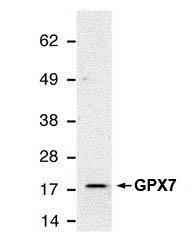
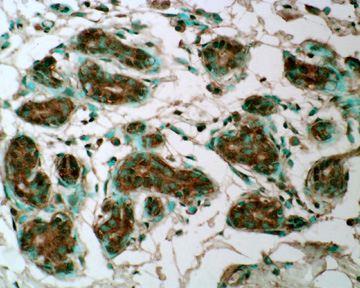
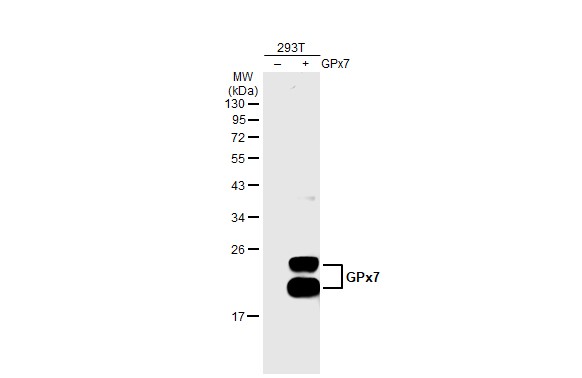
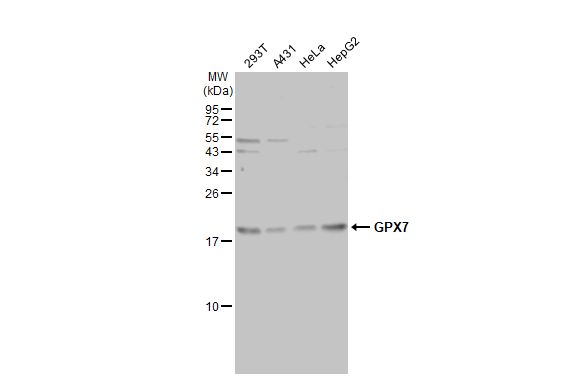
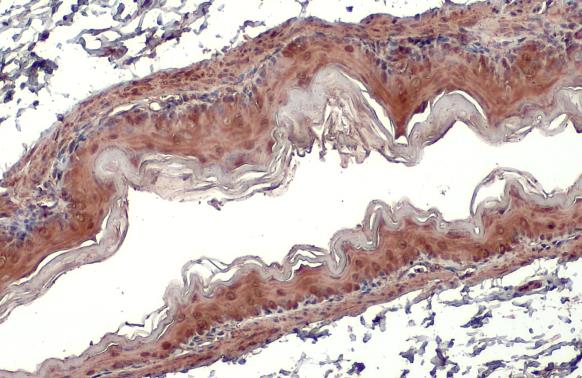







Reviews
There are no reviews yet.